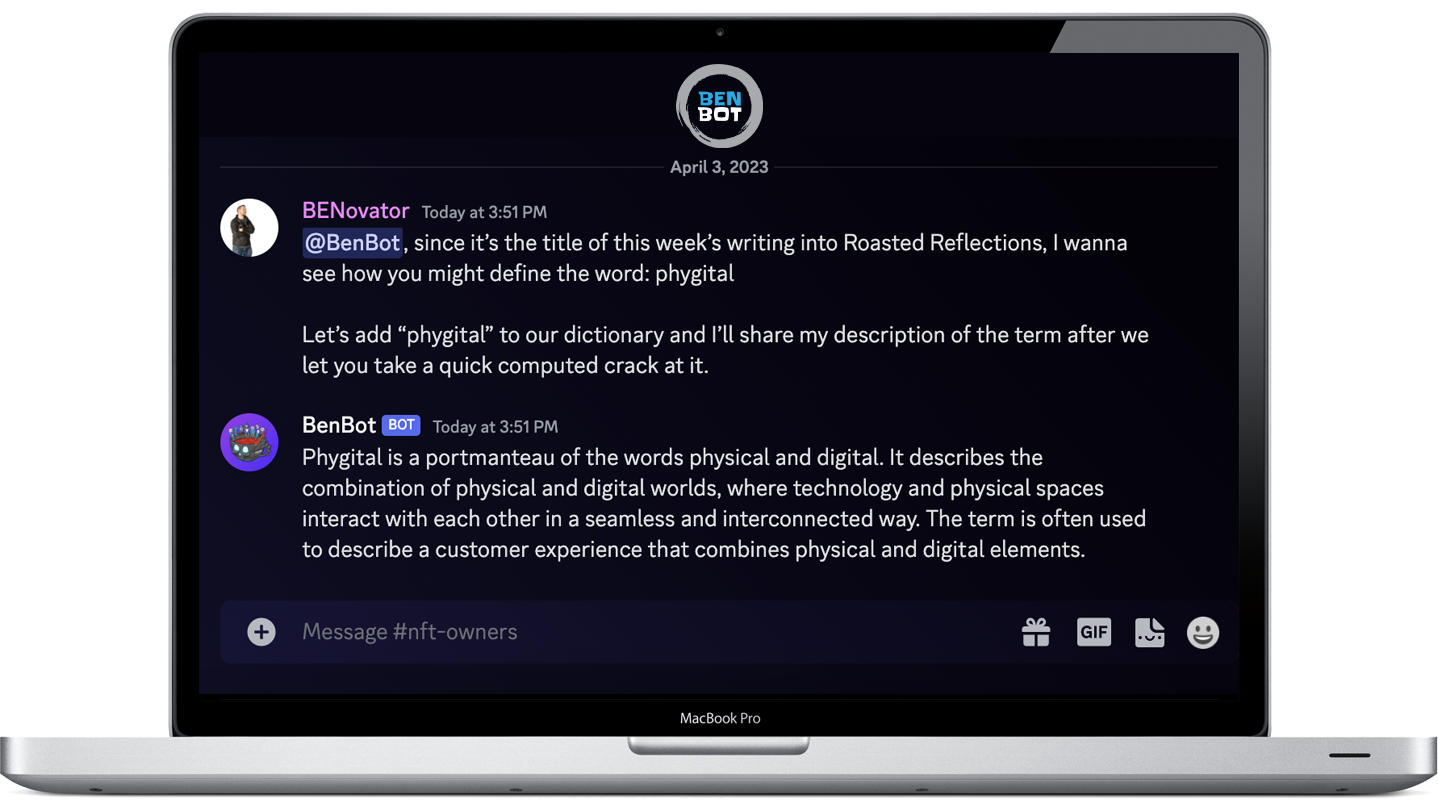Chatbots have a PR problem.
On one hand, conversational AI combines large language models (“LLMs”), vast data sets, and interesting influence layers to provide insightful ideas and answers to almost any question. Chatbots provide a personalized interaction with education, content creator, language learning support, financial advice, customer assistance, helpful reminders for important tasks, co-founder assistance, and even mental health therapy. These AI companions munch on mediocre and are always available to chat. ChatGPT is the most well-known example, but other content creation methods, bot building platforms, and layered tools, such as BEN BOT and ChatSpot, are being activated in creative ways.
On the other hand, when most humans hear the word “chatbot”, the word serves up a slimy aftertaste. We think of automated help desks that put us in circles, fake followers on social media, the search tool that can never quite find an question, or that lead generation form that only wants to guide you to the next sale. Even with the best intention, a history of hacks fuel mistrust and makes it hard to avoid the spammy connotation.
Extra Shot
Hallucinating is when AI confidently delivers inaccurate responses.
Chatbots may not be able to interpret complex interactions, decode user intent, express empathy, or keep up with the rapid pace of change in the world, but it feels naive to pretend that conversational AI is not efficacious.
As we continue learning how to interact with this innovation, we need a term that is more inviting. A term that evokes trust. One that describes an intelligent counterpart with no agenda. When the user experience is not misguided by motive and AI is truly conversational, “ChatUX” may be the term we seek.
ChatUX describes the interaction between humans and software, unlocked by conversational AI.
Chat is an informal conversation or to talk in a friendly and informal way. UX is short for User Experience, which describes how we interact with a product or service. It includes our perception of value, ease of use, and efficiency. “ChatUX” can help us understand how to interact with emerging technology, while also improving the chatbot’s image.
ChatUX is not spam. ChatUX won’t take your job, sell you something you don’t want, or take over the world. ChatUX requires ingenuity. It is translation technology designed to access endless insight, with an ability to communicate it effectively. It’s software that speaks our language while supporting a timely, interesting, accurate, unbiased, and meaningful experience for anyone curious and generous enough to build beyond the status quo.
Extra Shot
I’m hosting a new podcast! Stay tuned for more caffeinated conversations around technology, entrepreneurship, intrapreneurship, and community building.
